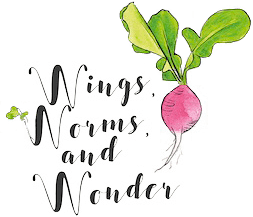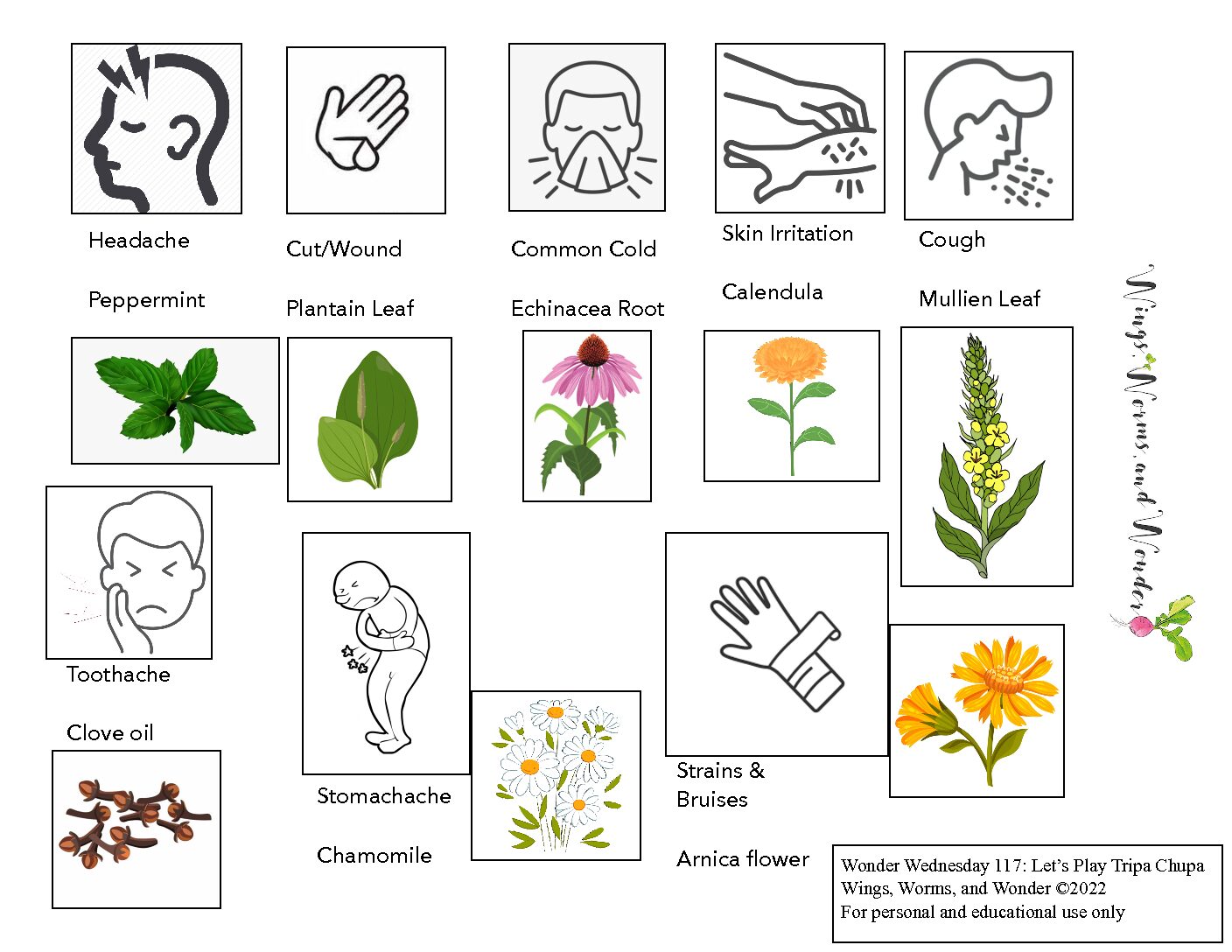Wonder Wednesday 117: Let’s Play Tripa Chuca!

The Art of Guadalupe Maravilla
We can't talk about the Salvadorian game Tripa Chuca in America without first celebrating the work and art of Guadalupe Maravilla.
He is a wildly talented transdisciplinary visual artist, choreographer, and healer.
Originally born in the land which is now called El Salvador. In 1983, at age 8, he traveled alone from El Salvador to what is now the United States to escape the Salvadorian War. He became a US citizen in 2016.
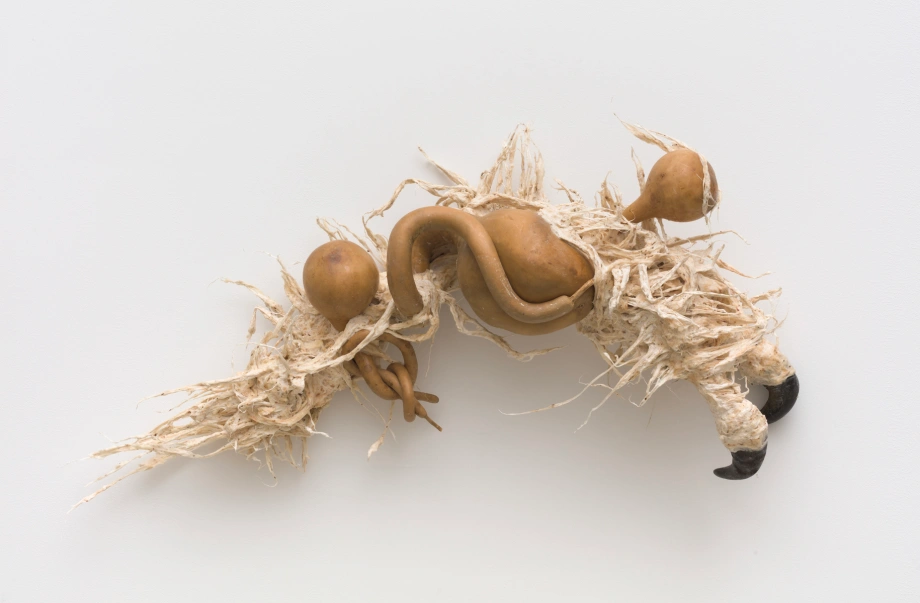
Maravilla's work is contextualized within the exploration of the intersections of undocumented communities and cancer communities - as much of his life he was undocumented and he also survived abdominal cancer which directly links to the trauma of his journey crossing borders and living undocumented.
The Art:
I first saw Maravilla's art a few years ago at the ICA in Richmond, Va. Through his art is also where I learned about the game Tripa Chuca which is played through Central America. Of all the artwork in the room of the exhibition, it was his piece I couldn't take my eyes off of - perhaps due to the immense depth from which the art emerges.
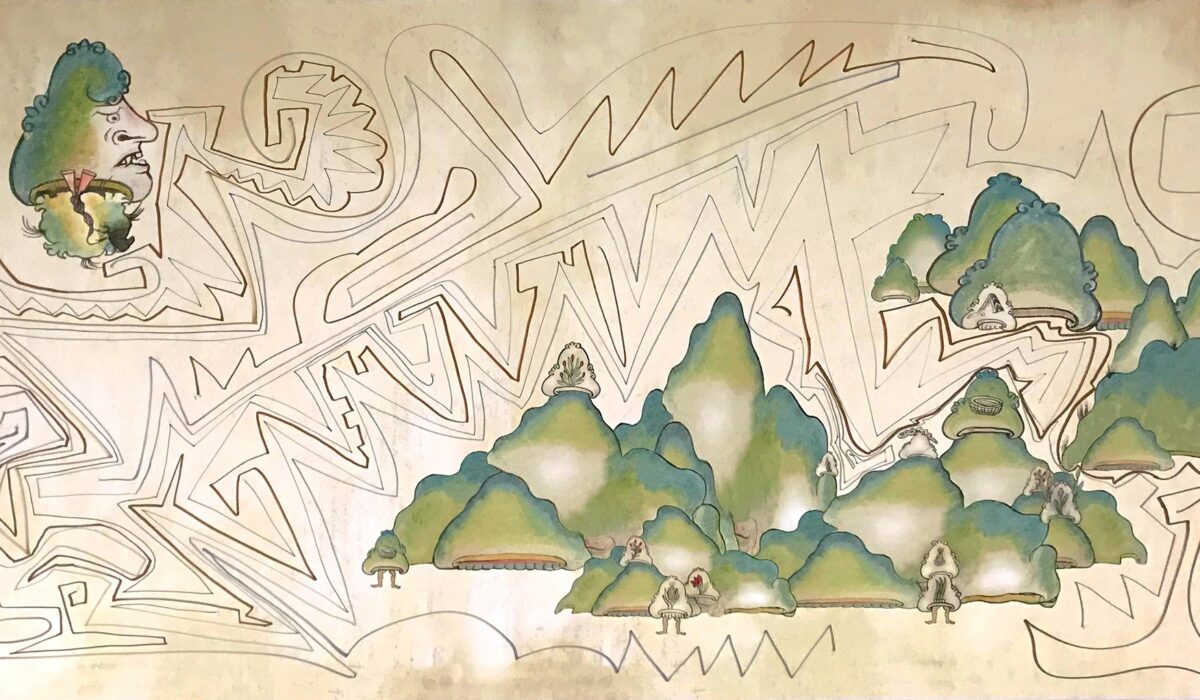
"Combining pre-colonial Central American ancestry, personal mythology, and collaborative performative acts, Maravilla’s performances, objects, and drawings trace the history of his own displacement and that of others. Culling the entangled fictional and autobiographical genealogies of border crossing accounts, Maravilla nurtures collective narratives of trauma into celebrations of perseverance and humanity.
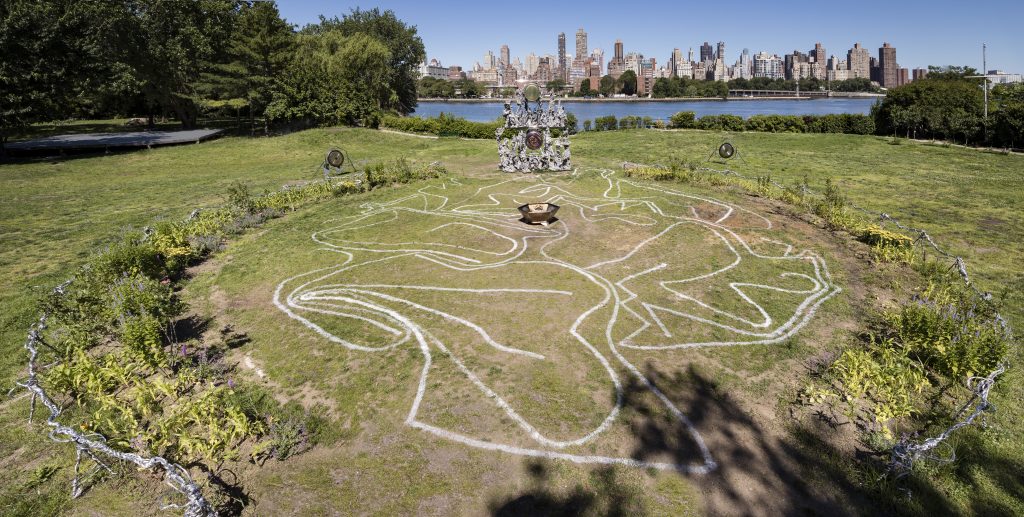
Across all media, Maravilla explores how the systemic abuse of immigrants physically manifests in the body, reflecting on his own battle with cancer, which began in his gut." (credit)
Check out this video of a collaboration game of Tripa Chuca project (played during 2021) by Maravilla at Portland State University through the Oregon Arts Commission:
The Game:
The game Tripa Chuca (or also sometimes called Tripas de Gato) is a great way to practice learning numbers, letters, matching, language translations, and even spacial awareness.
Literally, the name translates to rotten tripe or smelly guts. Once you play the game and see the intestine-like lines it creates, the name makes sense because the paths drawn resemble intestines. The name is also indicative as to reasons why Maravilla symbolizes his experience with his cancer through imagery created by this game.
"The Tripa Chuca game is really important for me because I used to play with people that I met during my original journey from El Salvador through Mexico by land, it was a two and a half month journey.
And I would play this game with children, people that were taking care of me, with coyotes who were crossing me, and it was a way to distract myself. It was a way to talk about where I come from with other people.

And now at the museums, I actually make sure that I'm playing with someone that has similar journey, someone who's undocumented, another cancer survivor, and it becomes a fingerprint between two people.
So in a way, it almost feels like I'm blessing the space by bringing that other person to create this mapping."
~Guadalupe Maravilla // MoMA
In this video, a Salvadorian teacher demonstrates how the game is traditionally played with children.
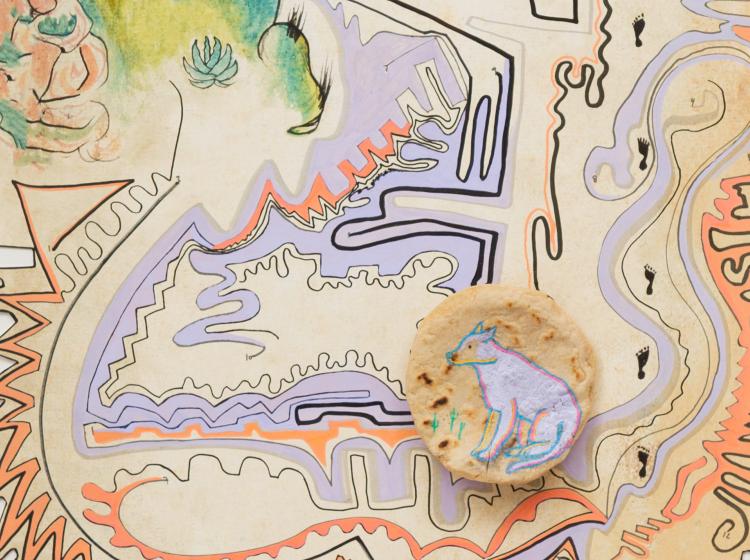
Let's Play Tripa Chuca!
In this version of the game, we'll be taking inspiration from and honoring indigenous botanical wisdom and matching the medicinal plant to an ailment!
I provide you a list of common herbs to start, but I encourage you to explore the traditional plant wisdom of your neck of the woods and include those too!
Materials
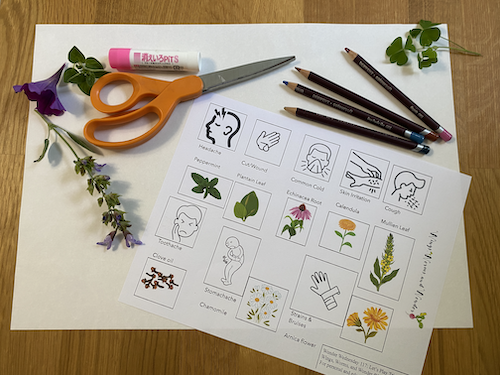
- A large piece of paper
- Pens or pencils, in one or many colors
- Glue
- Photos of Healing Herbs and Ailments from the pdf below (The images used are all clip art, so you can easily add ailments and herbs to match.)
Ailments and Corresponding Botanicals **This game is meant for nature connection - Not as a definitive medical reference. Please consult your doctor for your medical conditions.
- Headache - Peppermint
- Cut wound/Scrapes - Plantain leaf
- Common Cold - Echinacea root
- Skin Irritation - Calendula
- Common Cough - Mullien leaf (Mullien flower is also helpful for earaches)
- Toothache - Clove oil
- Stomachache - Chamomile
- Strains & Bruises - Arnica flower
Preparation
- Print the pdf of ailment and plant images.
- Cut them out
- Create the Tripa Chuca "playing area" by glueing the ailment images and the medicinal plant images to the large paper.
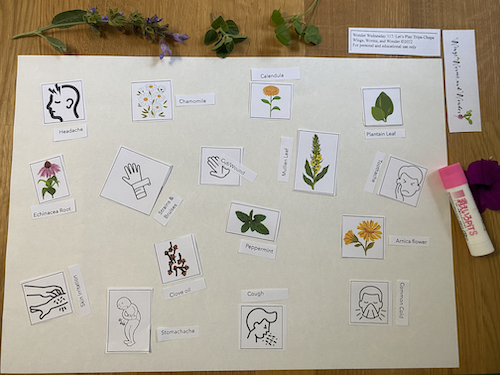
Optional:
- To play as a reading practice game, in addition to the images, or as an alternate to using images, include or use the ailments and corresponding medicinal plant names text.
- Compile a list of ailments and corresponding medicinal plants local to your area and print off images for the plants to include in your games!
- Draw your own botanical images to match to the names of their traditional uses!
Let's Play!
- Take turns matching an ailment to a traditional medicinal plant.
- Do this by drawing a line between the two, connecting the ailment with the image of its herbal remedy.
- Remember: The key point of the game is - Don't let any of the lines cross! This means you may have to snake all around like a labyrinth or maze to reach the match.
- The more items to match on the page, the more challenging the game is!
* This is a cooperative game, so there is no winner. It's all about matching, and snaking around the page, and learning together through creative nature connection.
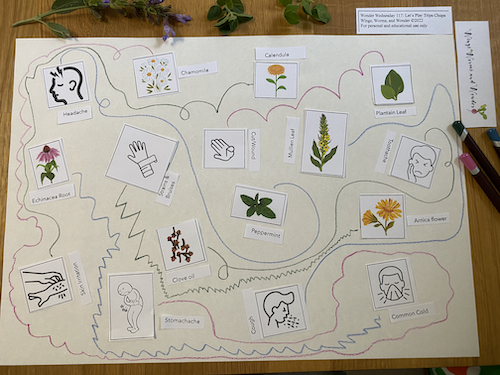
Extensions:
- Grow any of the herbs in the game in your own garden or in pots in a sunny window, patio, or balcony.
- Visit a community garden that grows some or all of the herbs in the game.
- Try brewing your own peppermint tea from the fresh leaves. These leaves or plants can be found at many super markets or garden centers.
Who will you play Tripa Chuca with & how else could you play?
With: Numbers, Letters, Words, Translations, Imagery, or .....
Share in the comments below!
Share Photos of your games on Instagram #wingswormsandwonder !
Seeds to Sprout:

Lavender 5 Fun Ways!
Lavender is a culinary medicinal, and self care botanical with so many uses! Explore lavender in 5 fun ways with this blog post!
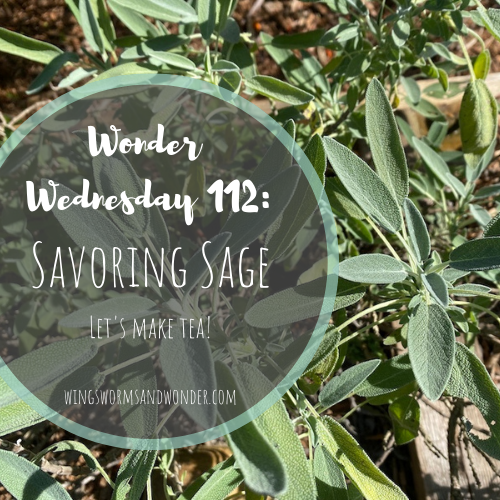
Savoring Sage
Sage is a garden and culinary herb loved through the ages by humans and butterflies alike! Learn more about sage and make sage tea in this Wonder Wednesday 112 project!
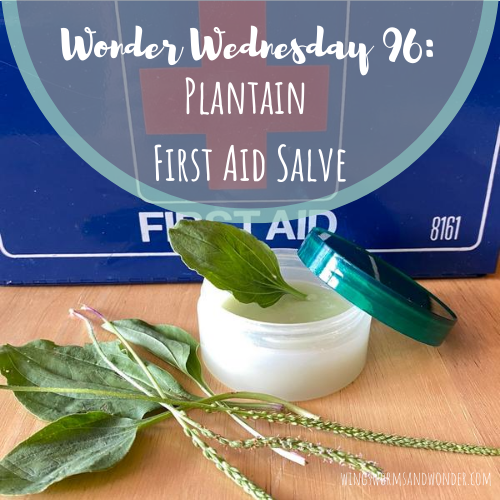
Herbal First Aid
Plantain leaf is a traditional herb used for cuts and a great plant ally out on the hiking trail. Learn to make your own first aid salve in this Wonder Wednesday 96 project!
